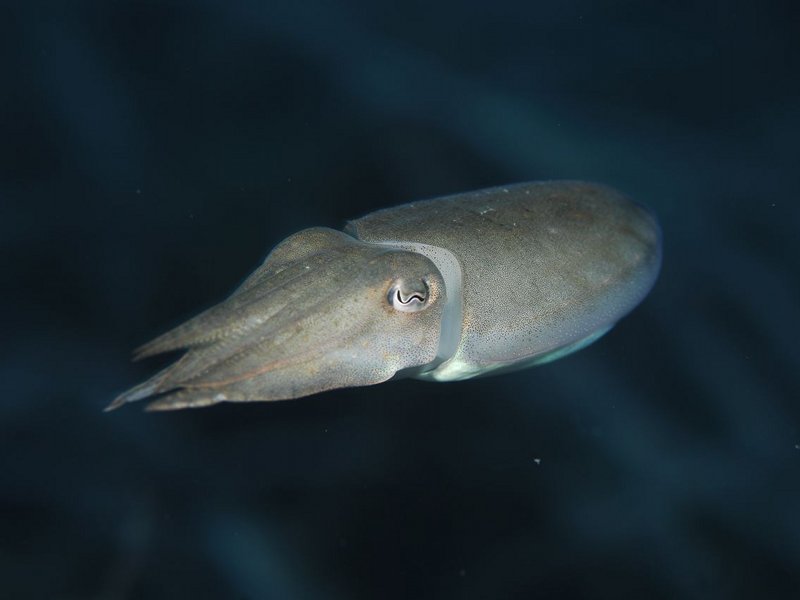Area Marina Protetta Porto Cesareo
www.ampportocesareo.itThe Wreck of Neuralia
- Trail Conditions: Diving
- Interest: Marine Wildlife, Hystory, Wrecks
- Duration: 1 hour/s
- Difficulty Level: high
Less than a mile from the coast of Torre Inserraglio, at 32 meters of depth, the seabed offers the possibility of a charming diving tour around the wreck of a ship rich in history: Neuralia.
The ship called Neuralia was built in 1912 by the shipyard Barclay Curle & Co., in Glasgow, Great Britain, and was originally intended for the transport of the Indian troops to France and subsequently to Great Britain. During World War I, Neuralia was used as hospital ship in the Mediterranean Sea. At the end of World War I, it became again a passenger ship. In 1932 and for the next five years, it was used as school ship for young Englishmen, with destination Baltic Sea and Norwegian fiords.
With the outbreak of World War II, Neuralia acquired again military functions, going to Australia for the transport of a big contingent of troops up to Suez Canal with patrolling tasks, and it subsequently sailed for Cyprus to save Cypriots before the invasion of the island.
In 1944 it took part in the Normandy landing as supporting ship, after the invasion by the Alleys, and carried out about 14 journeys back and forth, transporting about 27,000 men including officers and allied troops to the French coasts. The activity of Neuralia ended on 1st May 1945, at Torre Inserraglio, when, while heading for Taranto to collect German war prisoners, it ran into a floating mine and sank immediately after.
The explosion killed four persons. The wreck now lies on the seabed at a maximum depth of 33 meters, and at about one mile from the coast; it is not intact because of the works carried out after the war to recover its most important parts. However, it is still possible to admire some military helmets and gas masks. The trees grew up afterwards: there are encrusted sponges (Axinella cannabina, Axinella polypoides, Phorbas tenacior, Aplysina aerophoba), Bryozoa (the false coral Myriapora truncata and the sea lace Sertella septentrionalis), polychaeta (including the wonderful Filigrana implexa), and surrounded by fish finding shelter among the sheets: sea breams, groupers, lobsters, gilt-head breams, moray eels, and congers.







